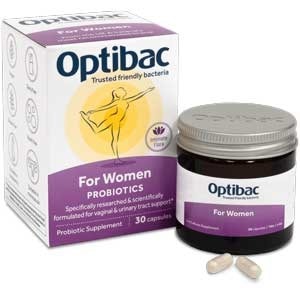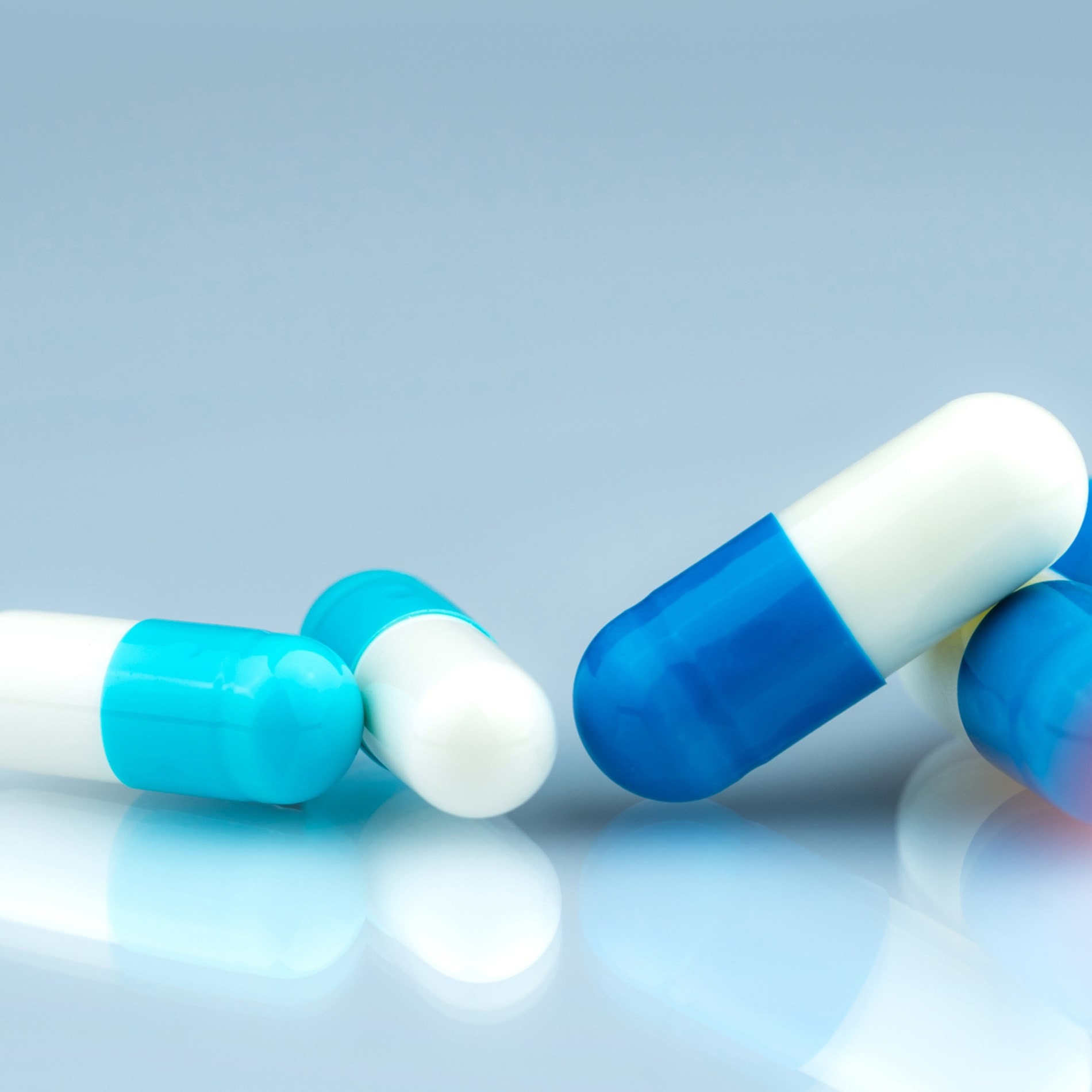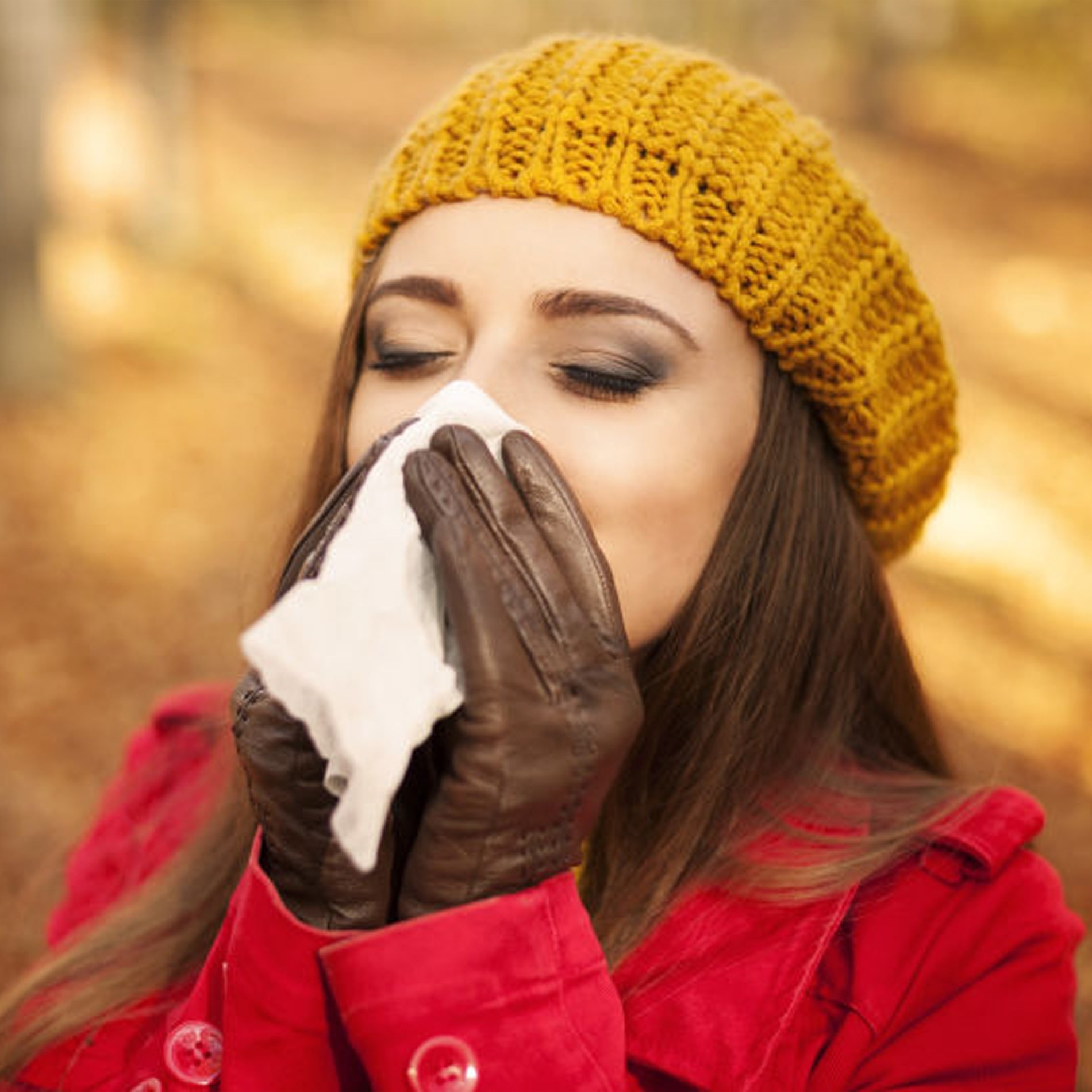Could probiotics help with sexual health?
Every year since 2008 a Sexual Health Week event has been organised by FPA, a UK sexual health charity. The annual event aims to raise awareness of sexual health issues such as Sexually Transmitted Infections (STIs). This article looks at the potential role of probiotics for sexual health, and whether or not they could play a role in the prevention of, or even treatment of STIs?
Within this article:

What are STIs?
STIs are defined as infections that are spread through sexual contact, be that vaginal, anal or oral sexual activity. The list of STIs is long, and includes infections such as; Chlamydia, Gonorrhoea, syphilis, HIV and genital warts amongst others.
Up until recently Bacterial Vaginosis (BV) was not considered to be an STI, however research is emerging that may soon change that perception. It has long been understood that Gardnerella vaginalis was one of the pathogenic bacteria involved in the infection, however this bacteria has been found in young women that are not yet sexually active. Hence the belief that BV could not be an STI. However, more recently two distinct strains of G. vaginalis have been identified. One strain appears to be pathogenic as it creates a strong biofilm that attracts other microbes to it. This strain has been called cohesive G. vaginalis, and has not been seen in non-sexually active women, whereas it is the non-pathogenic strain that does not create a biofilm that is sometimes present in non-sexually active women. This strain has been named dispersed G. vaginalis.
Whether it is eventually reclassified as an STI, or not, BV still has implications for sexual health as it seems to increase the likelihood of sufferers picking up other STIs. In 2011, research completed by 'Rathod et al' 1, showed that BV sufferers were 9 times more likely to acquire Trichomoniasis than controls that had a healthy vaginal flora.
Relevant probiotic research
Certain strains of probiotic bacteria have demonstrated the ability to break down the biofilm of cohesive G. vaginalis in BV, including Lactobacillus rhamnosus GR-1®, and Lactobacillus reuteri RC-14®. A biofilm is a bit like a protective barrier that some pathogens use to protect themselves with. The stronger the biofilm, or protective layer around them, the less effective anti-biotic treatment generally is. Therefore, any product that helps to breakdown these protective biofilms could be an important component of any treatment protocol.
In addition to breaking down biofilms, Lactobacillus rhamnosus GR-1®, and Lactobacillus reuteri RC-14®, also improve the health of the vaginal microflora by restoring an acidic pH, producing bacteriocins (which are like natural anti-biotics) and also by taking up space on the vaginal epithelium so that any pathogens are not given the space to grow and flourish. Both of these strains can be found in Optibac Probiotics For Women.

Learn more about the research behind Lactobacillus rhamnosus GR-1®, and Lactobacillus reuteri RC-14® on the Probiotics Database.
Looking beyond Bacterial Vaginosis, there has also been research in to the potential of probiotic intervention for other STIs, such as HIV. A 2008 review of several studies 2, concluded that:
‘’A probiotic may act indirectly through treating and preventing recurrent bacterial vaginosis or directly by secreting endogenous (e.g., hydrogen peroxide) and exogenous substances that block HIV and STI transmission. This review summarises the pre-clinical and clinical studies that have been conducted so far to test probiotic bacteria for these purposes. Although significant progress has been made in this field, more fundamental research is required to better understand vaginal ecology to maximize probiotic formulations.’’
More recently, and also relating probiotics to HIV, researchers from the University of Valencia3 have linked gut bacteria to the extent to which the immune system is able to respond after an initial infection of HIV. Sergio Serrano-Villar et al (2016) observed microbial differences between 8 healthy subjects and 29 HIV infected participants; while HIV infection is linked to changes in gut bacteria, they believe certain strains to be linked to an improved immune response; increased anti-inflammatory activity from certain types of bacteria seem to lead to a better response to Antiretroviral treatment.
“Gut bacteria appears to play a role in the successful immune recovery in HIV-infected individuals. In this study we have found that, in some patients, certain bacteria become activated during ART (antiretroviral treatment) and begin to amass anti-inflammatory molecules” - Ferrer
Ferrer went on to explain that future antiretroviral treatments could have a greater impact on HIV patients if paired with probiotic therapies that target this ‘subset of bacteria’. Of course for the moment we would always wait for larger, more conclusive studies before suggesting any sort of probiotic therapy alongside typical treatment, but the theory is interesting to explore.
Other publications have also suggested that having a healthy balance of friendly bacteria in the intimate area may be associated with reduced risk of HIV infection.
Studies have observed that women who have low levels of Lactobacilli are more likely to get HIV, than women who have healthy dominance of Lactobacilli in the intimate area. It’s important to remember that there are many factors involved in the pathogenicity of HIV, but the authors of these studies theorise that a healthy balance of friendly bacteria in the intimate area allows better regulation of immunity and inflammation there, hence reducing the risk of HIV taking hold upon exposure. Fascinating stuff, we think!
Male genital microbiome
Studies are now looking into the male genital microbiome and have identified that penile bacteria compositions, particularly in uncircumcised men, may increase the risk of contracting or passing on STI’s.
One such study6 found a ten-fold increase in certain bacteria on male genitalia to be associated with up to 63% increased risk of acquiring HIV. These anaerobes are shared between heterosexual sexual partners and are associated with the increased HIV risk in women too.
Another study7 by the same researcher has identified that bacteria associated with Bacterial Vaginosis (BV) can also be passed between heterosexual partners. Again circumcision is associated with a reduction in risk, as circumcised men have lower levels of BV associated bacteria which reduces the transmission rate to their female partners. In this study, men with partners suffering with BV were more likely to have the BV bacteria themselves and vice versa, which the researchers suggest may explain why so many women experience recurrent or persistent Bacterial Vaginosis.
Healthy vaginal microflora
A new case-control study has looked closely again at the composition of the vaginal flora and the occurrence of Chlamydia8. The vaginal swabs of 122 healthy women were collected and analysed to determine bacterial composition of each woman’s vaginal flora.
Within a year after the first visit, half of the women involved in the trial tested positive for the Chlamydia trachomatis infection. They observed that women who had a higher amount of Lactobacillus iners in their vaginal microbiota, had an increased risk of contracting Chlamydia.
Lactobacillus iners is one of the Lactobacilli species that is found to be a natural resident in the vaginal microflora, so it’s not clear why higher amounts of this species displayed a correlation with increased risk of this infection. However, it does suggest that an imbalance in the vaginal flora could lead to increased risk of vaginal infections.
Whilst we wait eagerly for more research to be conducted in to the potential efficacy of individual probiotic strains for both treating and preventing STIs, it can’t hurt in the meantime for women to take common sense steps to simply maintaining a healthy vaginal microflora. After all it makes sense that having optimal levels of beneficial Lactobacilli in the vaginal tract should make it more difficult for any pathogenic bacteria, whether sexually transmitted, or otherwise, to take a ‘hold’ and over-grow.
You might consider the following steps for your patients or clients for maintaining a healthy vaginal microflora:
• Switch from regular soaps and shower gels to products that are designed to respect the delicate pH balance of the ‘intimate’ area. Regular soaps and shower gels tend to create a more alkaline environment which favours the growth of pathogenic bacteria.
• If you use a vaginal lubricant when having intercourse, make sure to use a natural product that again respects and maintains the correct pH of the vagina
• Always wear cotton, breathable underwear
• Take a probiotic supplement formula that contains specific strains of probiotic bacteria that are known to colonise the vaginal tract, such as Lactobacillus rhamnosus GR-1® and Lactobacillus reuteri RC-14®.
To learn more about probiotics and female intimate health, you may like to read:
New study supports use of certain probiotics for Bacterial Vaginosis
Or head over to the Probiotics Learning Lab and see:
Probiotics and Bacterial Vaginosis: the facts
Does pregnancy change vaginal flora?
References
- Bacterial Vaginosis and Risk for Trichomonas Vaginalis Infection: A Longitudinal Analysis. Sujit D Rathod, MSc,1,* Karl Krupp, MSc,2 Jeffrey D Klausner, MD MPH,3 Anjali Arun, MD,2 Arthur L Reingold, MD,1 and Purnima Madhivanan, MBBS PhD2
- Sex Transm Dis. 2008 Mar. Probiotics: potential to prevent HIV and sexually transmitted infections in women. Bolton M, van der Straten A, Cohen CR.
- Sergio Serrano-Villar et al (2016) Gut Bacteria Metabolism Impacts Immune recovery in HIV-infected Indviduals. EBiomedicine (8) 203-216.
- Gosmann (2017) Lactobacillus-Deficient Cervicovaginal Bacterial Communities Are Associated with Increased HIV Acquisition in Young South African Women
- Anahtar (2015) Cervicovaginal Bacteria Are a Major Modulator of Host Inflammatory Responses in the Female Genital Tract’
- Liu (2017) Penile Anaerobic Dysbiosis as a Risk Factor for HIV Infection. DOI: 10.1128/mBio.00996-17
- Liu (2017) Penile Microbiota and female partner bacteria vaginosis in Rakai, Uganda. DOI:10.1128/mBio.00589-15Source:PubMed
- R. V. Houdt, B. Ma, S. M. Bruisten, A. G. C. L. Speksnijder, J. Ravel and H. J. C. de Vries, "Lactobacillus iners-dominated vaginal microbiota is associated with increased susceptibility to Chlamydia trachomatis infection in Dutch women: a case–control study," Sex Transm Infect , September 2017.


